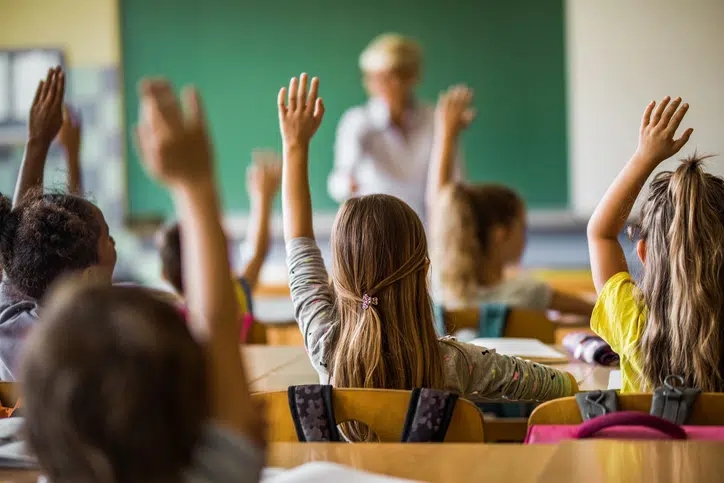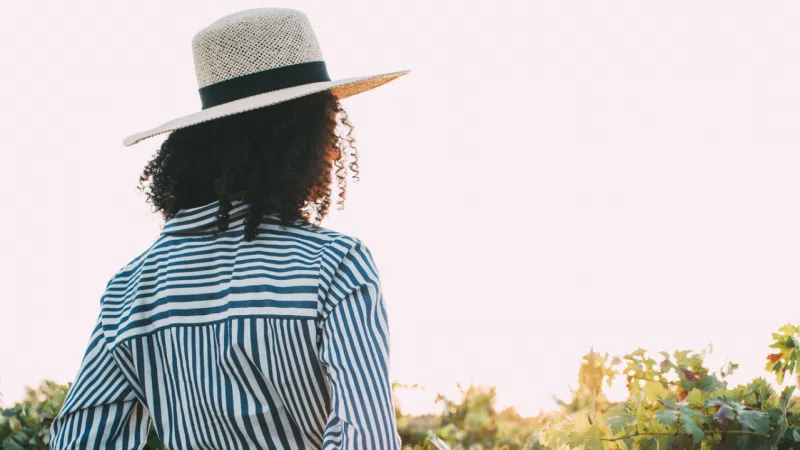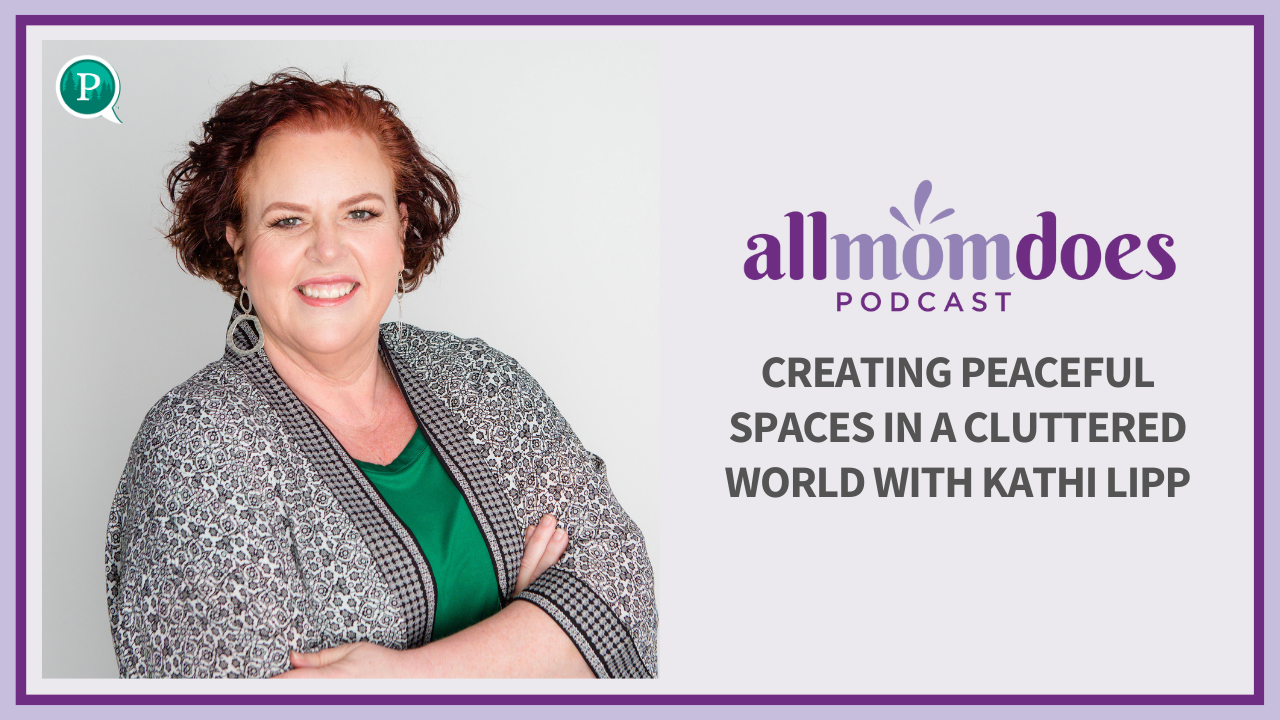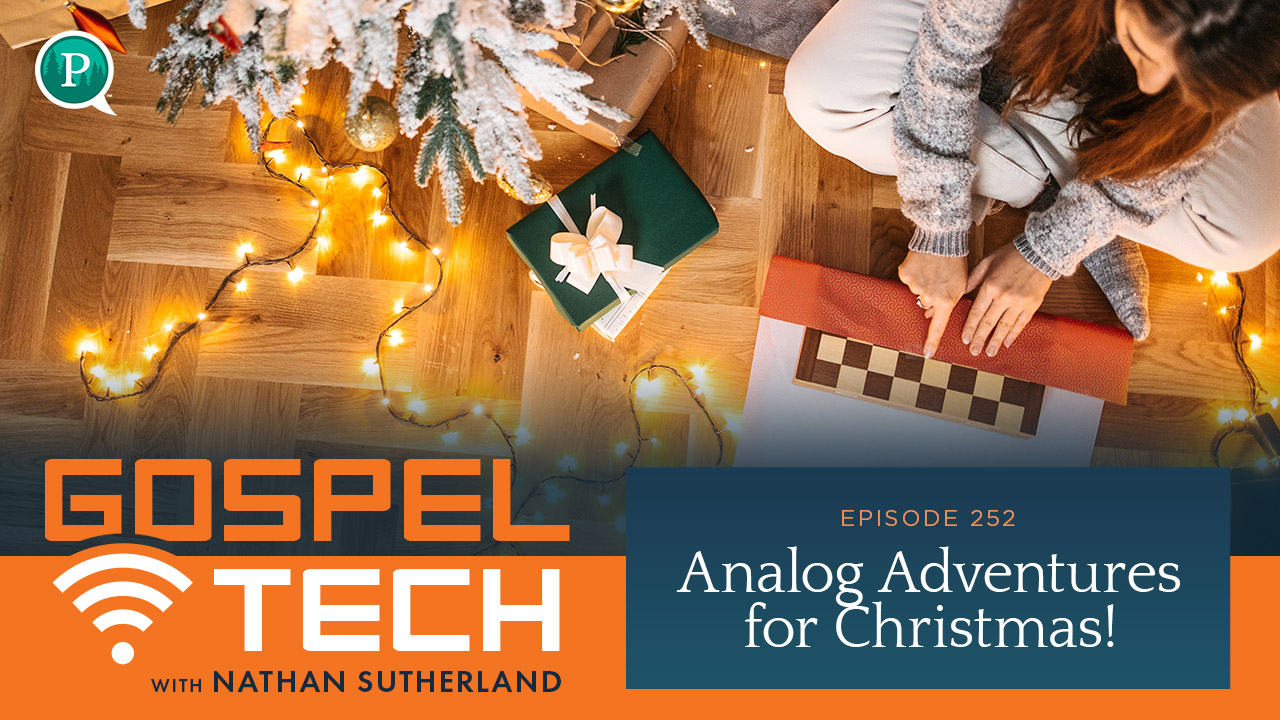As parents we agonize over the smallest decision that affects our kids. So when it comes to the big ones, agonize doesn’t even begin to describe it. Some of these decisions seem so big and life-altering that they are absolutely gut-wrenching.
One of these issues that seems so big is the topic of schooling.
Last weekend I was with a group of mothers and we were a pretty well-rounded bunch. Some women homeschooled, others sent their kids to private school, while others were public school moms.
It’s clear that no matter what option we choose, we’re always battling stereotypes. Homeschool moms constantly rail against the idea that their kids are sheltered and lack social interaction. Private school moms are always faced with the belief that private school is only for the wealthy or privileged. And public school moms struggle with being seen as choosing the “inferior” schooling option for their kids.
One of the private-school moms in the group was seriously contemplating a move to public school. And it was clear that this was not an easy decision, as no one would ever expect it to be.
But as we talked, she felt more at ease with the idea. Because by just sharing our personal experiences we had the ability to break down some of the common misconceptions about public schooling and highlight some of the best parts of this educational choice.
So to the mom considering public school for her children, I’m not here to convince you that it’s the best choice – because that is a deeply personal decision only you can make for your kids. Instead, I just want to alleviate some of the concerns you may have about it so you can make an informed, well-educated decision.
It’s not the God-less Christian vacuum you’ve been led to believe. No, the teachers aren’t giving Bible lessons, but the word “God” is not banned, either. I was in my child’s class during a historical Christmas lesson and craft, and the teacher asked the kids to name common Christmas symbols. “Jesus,” “nativity,” and “Savior” went on the board right along with “Frosty the Snowman,” “wreaths,” and “Rudolph.” In my daughter’s class, the kids can request songs to listen to during their free time. One kid apparently requested a Christian song, and it got played. Does this mean other religions are represented or highlighted at other times, too? Of course. But it’s always about education, not conversion. Bottom line: Christianity is not absent in public schools. The kids bring it right through the doors.
The teachers absolutely love your kids and want the very best for them. This has been wildly apparent since Day 1. I grieved leaving the Christian school we’d sent our son to for preschool and even considered keeping him there through Kindergarten. One of the thoughts I had over and over was, “They love my kid so well. I can’t imagine anyone else caring for him so authentically.” WRONG. Every teacher my kids have had in public school has absolutely loved kids, and fought hard for the success of each individual student. This was echoed by the other public school moms in our discussion, who happened to have kids with special needs who are considered some of the more “challenging” students in their classes. Despite the education-related difficulties that had arisen, they praised the teachers, their efforts, and their genuine commitment toward the kids.
They have lots of resources at their disposal. Because of the sheer diversity of abilities and needs of kids in the public school system, they have to have a wide breadth of resources available to properly serve them. There are both remedial and advanced educational opportunities, extracurriculars, special programs, and services for special needs. If children need extra help or need to be challenged, there are resources available for both. {Note: Both homeschool and private school students are entitled to access services through their school district if needed. However, if a school-aged student is getting services – for example, speech therapy – from their local school district they need to be transported mid-day for their therapy to the local public school.}
The educational opportunities are top-notch. My experience has been that my kids are getting a really good, high-quality education. They’re not learning things by rote memorization, but rather learning how to evaluate and process information. They’re also being introduced to self-directed learning rather than simply relying on a teacher to feed them knowledge, and are also being trained on how to turn those “boring” or “down moments” into productive time.
The teachers are amazing and well-trained. I won’t sugar-coat it. My kids’ classes aren’t small. There are lots of kids and lots of abilities and lots of needs. And yet, somehow, the teachers manage to keep things under control and support all the students of varying abilities. It’s pretty amazing to watch.
Your kids can handle change. If you’re concerned about changing your child’s environment, know that kids are resilient and will often surprise you. It may be difficult at first, but they’ll get through it, develop new coping skills, and grow as a person. And if you’re worried about your child fitting in or making friends, you can always talk with the teacher or staff. Schools are really focused on developing emotional intelligence and empathy, so they welcome opportunities to help the students practice what they preach.
The diversity is great for kids. This will obviously vary based on your locality, but you may find more socioeconomic, racial, and religious diversity at public schools, which I think is super important for kids to be exposed to. They’ll make friends with people of different ethnicities, with significantly more (or fewer) financial resources, and make personal connections with kids of other religions. Breaking down these walls helps to humanize groups that they may have previously seen as “other,” and helps to tear down stereotypes.
Kindergarten isn’t as serious as you think it is. I hear a lot of complaints lately about how today’s kindergarten classes are inappropriate for kids’ development, expecting too much of them. And it’s true that the academics can be pretty rigorous and not every child is ready to learn to read at age 5. However, there is lots of unstructured time, at least in my kids’ school. It’s incorporated into the curriculum of every kindergarten classroom to give them a good chunk of time that’s unstructured and imaginative. My daughter comes home with stories of creativity and piles of freelance art projects every single day.
They are warm and welcoming. There are a lot of kids in schools today. No denying that. But you’ll find that most schools are warm and welcoming and genuinely enjoy kids. It never ceases to amaze me how office staff seem to know the name of every single child, and patiently handle every single parent inquiry. Schools really want to create an environment where kids feel happy, and parents feel comfortable sending them every day. It’s not just a huge, cold institution.
Obviously not all of these things will be true in all geographical areas. And let me reiterate – I’m not here to convince anyone to put their kids in public school if they’re not interested in doing so. Each family makes the best decision for their kids, and sometimes they even make different decisions for different kids in the same family. My main goal is to share my experience with public school because I think there are a lot of misconceptions out there, and I believe false information leads us to make fear-based, uninformed decisions.
So mama, if you’re considering public school, I know you’re walking a hard road. The final decision won’t be an easy one. But I hope I’ve taken away just a little of your anxiety so you can weigh your options more clearly.
RELATED:
Back-to-School, Homeschool Edition
Questions to Ask at a Private School Open House
Ten Things Teachers Wish Parents Knew

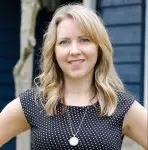 Read more of Kristina’s contributions to allmomdoes here.
Read more of Kristina’s contributions to allmomdoes here.
